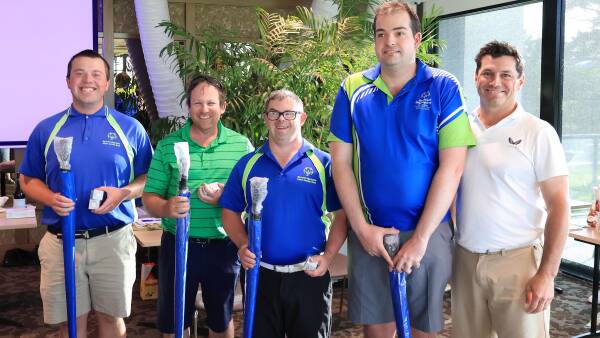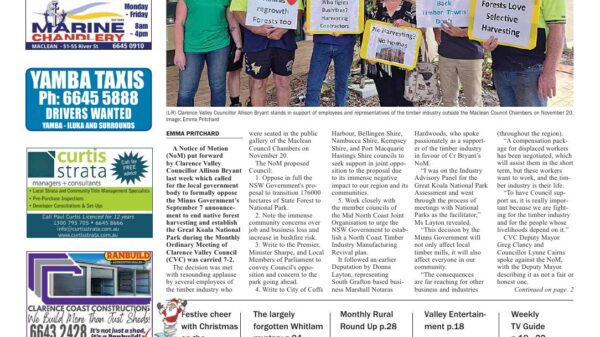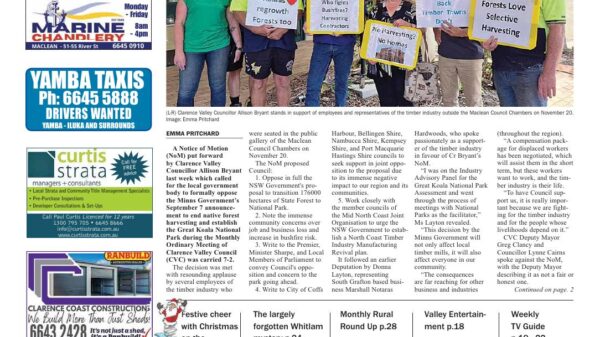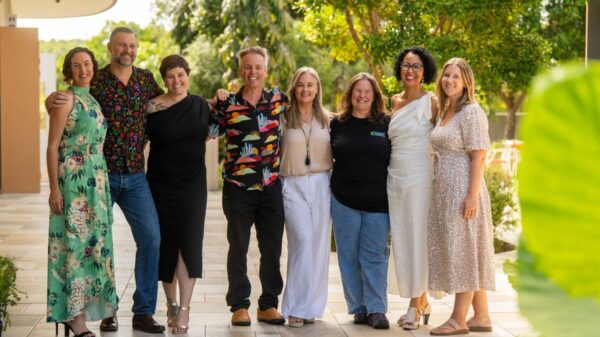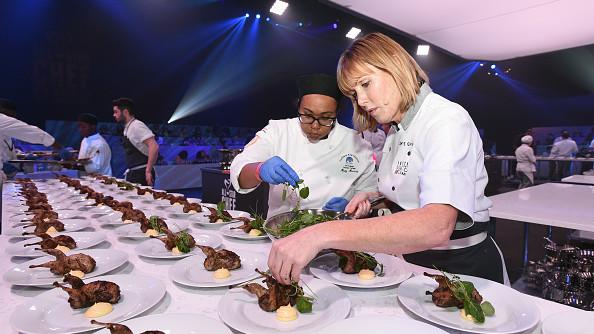The Care Economy Cooperative Research Centre (CRC) officially commenced its work today, armed with a budget of $129 million, including $35 million from the Australian Government. This initiative aims to transform the $327 billion care economy in Australia, addressing the growing demands for care services across various sectors.
With a ten-year mission, the CRC will focus on delivering comprehensive care solutions from birth through to old age. Key areas of emphasis include early childhood education and care, disability support, aged care, mental health services, and family assistance. The centre is headquartered at La Trobe University in Bundoora and boasts a coalition of 56 partners, which encompasses universities, healthcare agencies, technology companies, and essential care providers.
Addressing the Challenges of the Care Sector
According to Deena Shiff, Chair of the Care Economy CRC, the initiative seeks to improve care delivery across Australia by enabling sector-wide transformation and increasing productivity. “We will deliver fit-for-purpose, people-centred solutions that meet the evolving needs of Australians,” she stated.
The care economy currently employs approximately 1.8 million people, making up over 15 percent of the national workforce. Notably, around 80 percent of these workers are women. Despite its significance, the sector faces enormous challenges, including chronic workforce shortages, low productivity levels, and inadequate technology integration.
Carmela Sergi, Managing Director and CEO of the CRC, highlighted the urgent need for reform in the sector. “Demand is increasing, and care is becoming more complex with co-occurring conditions,” she noted. “Particularly in rural and regional areas, vulnerable communities are impacted by workforce shortages and limited service availability.”
Innovating Care Delivery through Research
The CRC aims to rethink the existing care framework, which has often been seen as a welfare system rather than a crucial economic driver. “Care work is an essential, although often invisible contributor to Australia’s socio-economic growth,” Sergi added. “Unfortunately, it has been perceived as a drain on the economy, when in fact it is the nation’s largest and fastest-growing employer.”
Research programs under the CRC will directly address challenges faced by care services and the workforce. Professor Irene Blackberry, CRC Research Director, emphasized the need for improved productivity and integration within the sector. “Today, the care economy consists of an unwieldy mix of multiple bodies and organizations, with too much duplication and little communication,” she said.
The CRC’s approach will include the development of technology solutions, data insights, and workforce innovations. For example, Professor Aniruddha Desai, Research Program Lead for Technology Solutions, explained, “Technology offers a pathway to reimagine care, enabling scalable, people-centred solutions.” These solutions may encompass mobile applications, intelligent chatbot platforms, and immersive virtual reality experiences.
Professor Adam Dunn, leading the Data Solutions program, pointed out that effective data usage can significantly enhance care outcomes and streamline service delivery. “Insights from data can reduce the administrative burden on care workers and improve coordination among different care providers,” he stated.
As the CRC embarks on this important journey, the focus remains on developing solutions that are not only technologically advanced but also user-friendly. Professor Sarah Larkins, Workforce Innovation lead, stressed the importance of co-designing research with the care industry to ensure real-world applicability. “We will identify and address digital literacy gaps and develop flexible career pathways to attract and retain talent in the care sector,” she concluded.
The launch of the Care Economy CRC signifies a crucial step towards rebuilding and future-proofing Australia’s care economy, ensuring that high-quality care remains accessible to all Australians throughout their lives.



